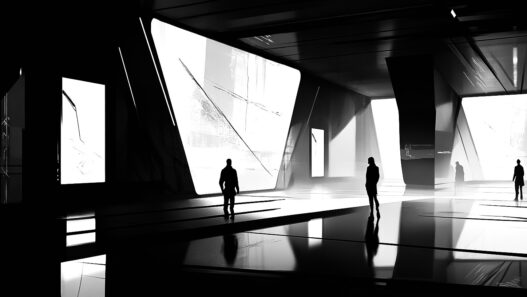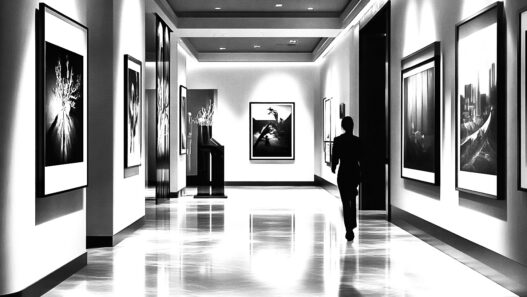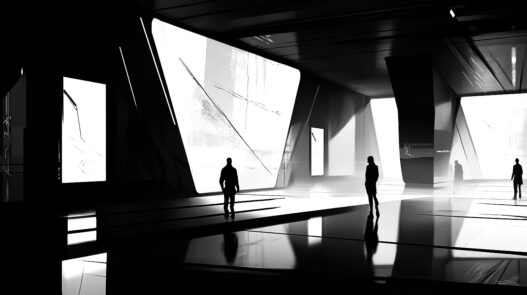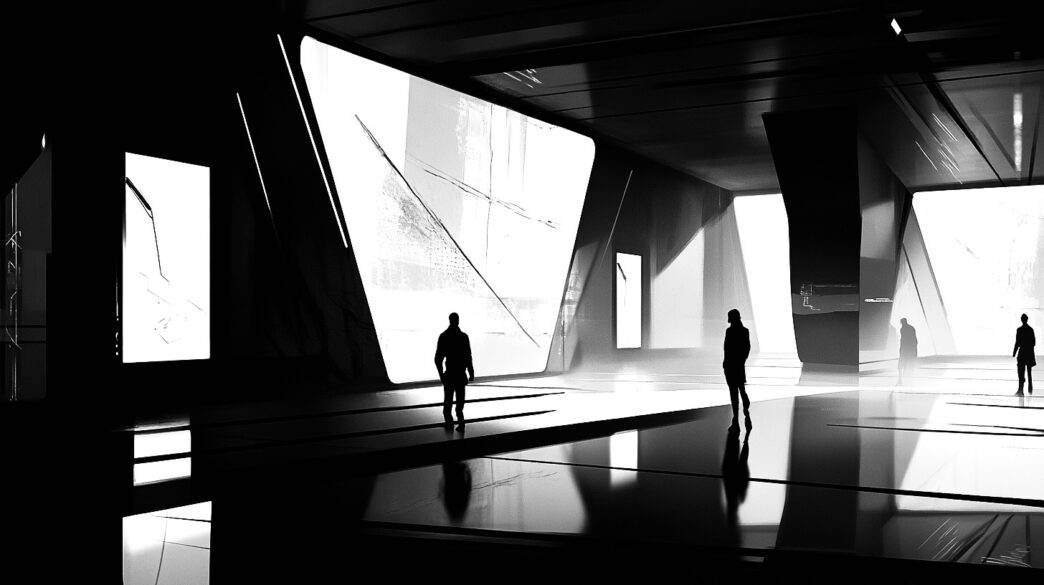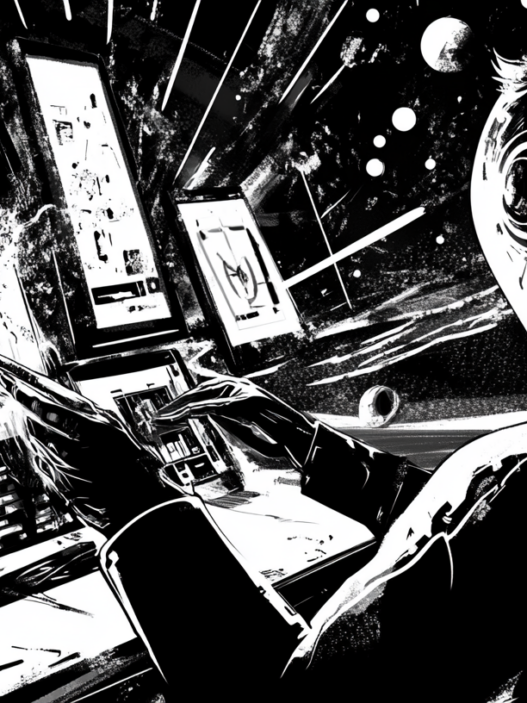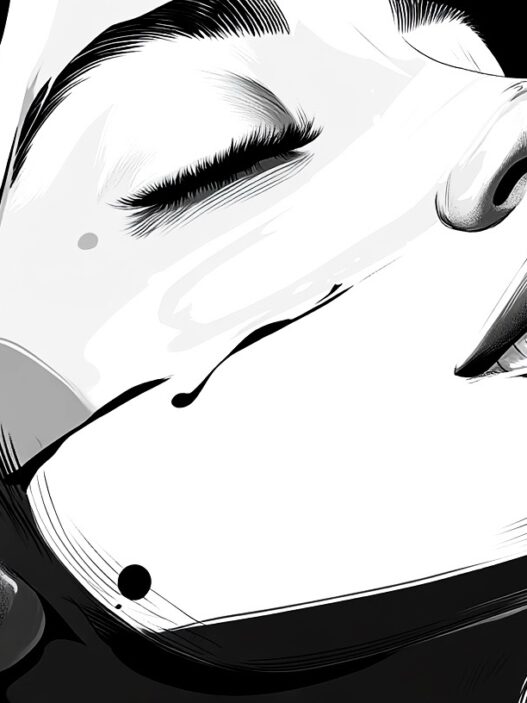In 2024, the convergence of technology and art is driving the evolution of creative expression. As digital tools become more sophisticated, the boundaries of what is possible in the art world continue to expand, offering new ways to experience and create art.
“The purpose of art is washing the dust of daily life off our souls.”
Pablo Picasso
The future of art is inextricably linked to the technological advancements that are shaping our world. Here’s a look at how technology is expected to redefine the art landscape in 2024:
Digital Art Expansion:
- NFTs (Non-Fungible Tokens) continue to be a major force, with more artists embracing digital-only formats.
- Virtual reality (VR) galleries offer immersive experiences, allowing audiences to engage with art in entirely new ways.
- Augmented reality (AR) art merges the physical and digital, bringing art into everyday environments.
AI-Driven Creativity:
- Generative art tools powered by AI are enabling artists to explore new creative territories and produce works that would be impossible by traditional means.
- Collaborative AI platforms allow artists to work alongside algorithms, blending human intuition with machine precision.
- Predictive analytics help artists and curators anticipate trends and audience preferences, shaping the future of exhibitions and collections.
Global Connectivity:
- Online platforms are breaking down geographical barriers, making it easier for artists to reach global audiences.
- Crowdsourced art projects are gaining popularity, with artists collaborating with audiences around the world in real-time.
- Blockchain technology ensures transparency and provenance, boosting confidence in the digital art market.
Sustainability in Art:
- Eco-conscious artists are using sustainable materials and methods, reflecting a growing awareness of environmental issues.
- Digital art is seen as a way to reduce the carbon footprint associated with traditional art production and transport.
- Sustainable art practices are becoming more mainstream, influencing both creation and consumption.
Evolving Art Markets:
- Digital marketplaces are thriving, offering collectors new ways to buy, sell, and trade art.
- AI-powered valuation tools help collectors assess the potential future value of artworks.
- Diverse investment opportunities are emerging, from fractional ownership of high-value pieces to investing in up-and-coming digital artists.
In 2024, the future of art is a fusion of tradition and innovation. As technology continues to evolve, so too will the ways in which we create, experience, and value art. The possibilities are endless, and the art world is poised for a future that is as exciting as it is unpredictable.



